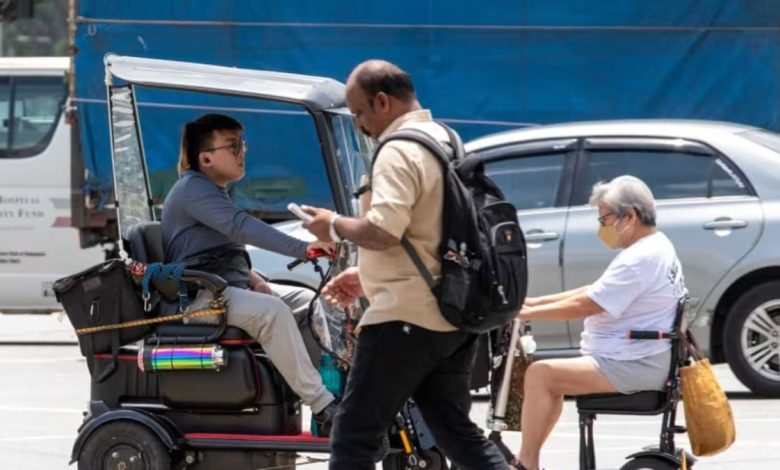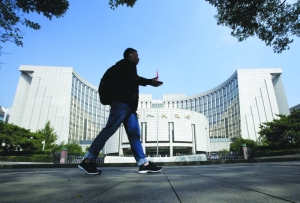The Big Read: Errant use of PMAs is a real menace, but tackling it is less straightforward than you think

COMPLEXITIES IN IMPLEMENTING NEW REGULATIONS
If many other delivery riders plan to do the same as Mr Chen, there will be wider implications: There could be a rise in PMD-related offences and accidents, said transport and mobility experts, adding that this should be monitored closely.
According to the Ministry of Transport (MOT), between January and October 2023, there were about 1,200 PMD-related offences compared to four PMA-related offences.
Transport economist Walter Theseira said: “There is clearly high demand for a convenient, low-cost, moderate-speed and motorised local transportation device.
“We saw that with the use of PMDs, and we see it again with PMAs. You can regulate it but that demand doesn’t go away,” said the associate professor at the Singapore University of Social Sciences (SUSS).
In their joint response to TODAY, MOT and LTA said that through their engagements with various stakeholders, they found that the stakeholders generally agreed with the Amap recommendations “but emphasised the need to provide sufficient lead time for affected riders”.
“This is why the government provided a transition period of at least a year, for the new requirements to kick in by the end of 2025,” they said.
Experts agreed regulations are necessary, though it is no simple matter as many factors have to be weighed:
Medical needs
PMAs are “considerably different” from PMDs, in the sense that the former are meant to help people with a genuine, medical need for assistance to move around, said Dr Samuel Chng from the Singapore University of Technology and Design (SUTD).
Thus, the timeline and manner of implementation of the PMA regulations must be done in a way that it doesn’t inadvertently exclude people who really need it, said Dr Chng, who heads the Urban Psychology Lab in the Lee Kuan Yew Centre for Innovative Cities at the university.
For example, the threshold for what kind of medical condition allows a person to use PMAs or otherwise may require some time to be standardised and communicated.
Avoiding losses for retailers
The government has to strike a balance between implementing rules and giving shops time to phase out their inventory, said Assistant Professor Terence Fan from the Singapore Management University (SMU).
“Retailers who have bought PMAs with a speed limit above 6kmh would need time to sell their existing stock, as the regulator is clearly not offering any compensation to them should they not be able to sell these stocks before the full implementation of the speed limit,” he said.
When the authorities abruptly banned the use of e-scooters on shared paths with effect from Nov 5, 2019, amid a spate of serious accidents, a S$7 million grant was introduced to help delivery riders transit to other forms of transportation.
But retailers at that time bemoaned the “hundreds of thousands of dollars” worth of e-scooters, which they had just brought in for “Singles’ Day” sale on Nov 11 that year, that suddenly became “unsellable”.
This time round, Mr Warren Chew, managing director of Falcon Mobility, said his firm has already reprogrammed the PMAs they have on hand to comply with the lower speed limit. He has also informed his suppliers to supply devices that meet the requirements going forward.
But TODAY’s checks on a few online sellers and one physical store found that they are still selling higher-speed PMAs. These retailers did not respond to TODAY’s queries on what they are planning to do to adapt to the new rules.





